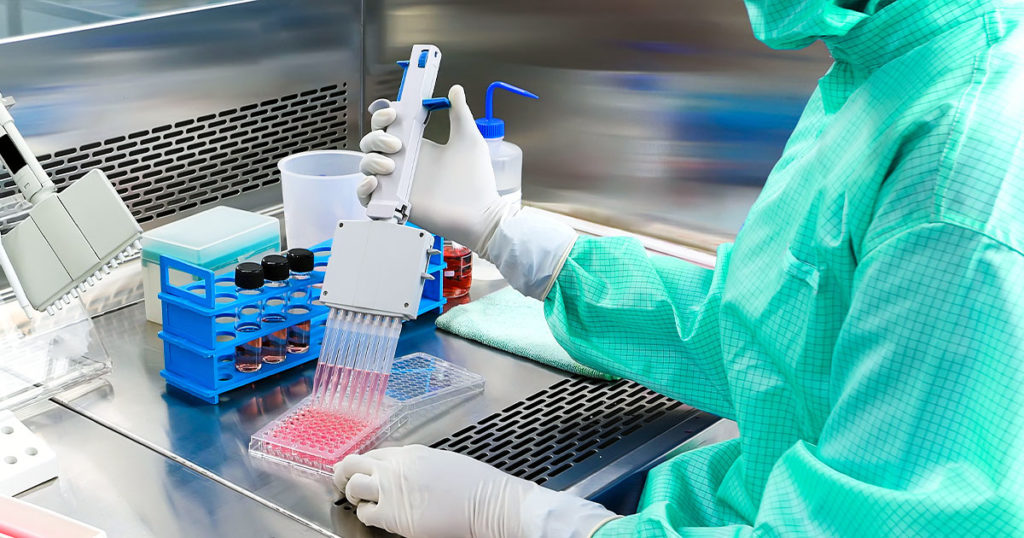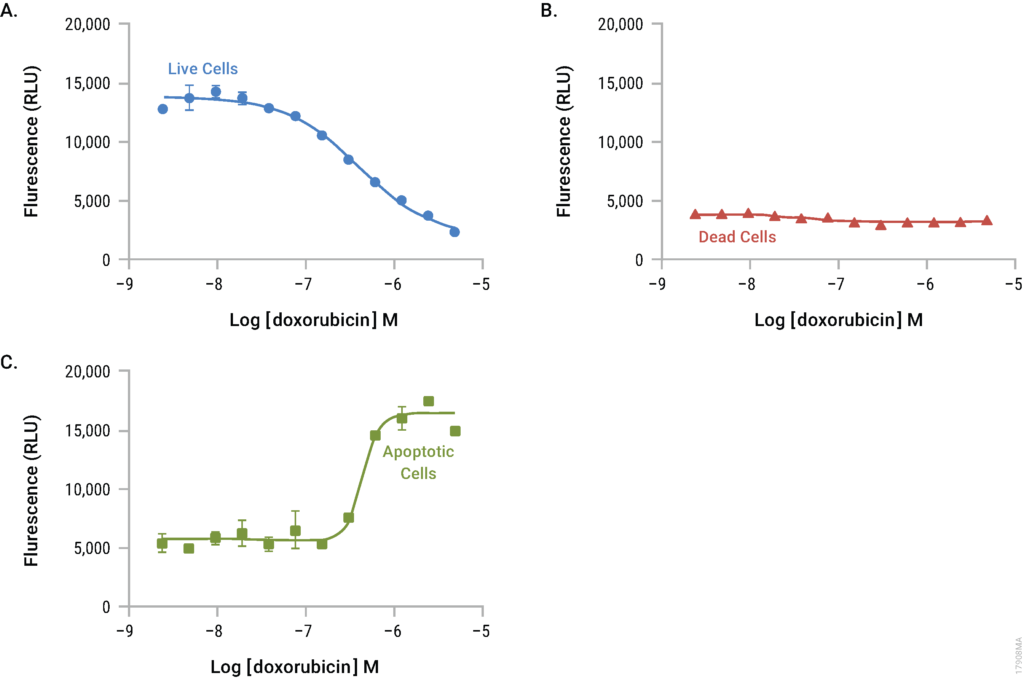
A graduate student believes he has mastered the art of “the assay”. No need to run duplicates, he knows exactly which one will get him the answers he needs right away.
To challenge this, his PI proposes an exercise. He asks of the graduate student, “What happens when you treat cells with doxorubicin?”
The graduate student raises his cells, treats them accordingly, and decides to run a cell viability assay to determine their fate. He returns to the PI with the final verdict: his cells are dead.
The PI takes a look at the data and asks the graduate student to repeat the experiment with an additional assay for cytotoxicity―but the cytotoxicity assay shows that the cell membranes are intact, which only puzzles the graduate student. The PI asks him to run a third assay for apoptosis, and when the student does so, it becomes clear that the cells are dying.
The PI uses this opportunity to make his point: “Now do you see why I ask for more than one assay?”
The student finally admits it. “Yes,” he says, “but it’s a lot of work!”
To which the PI replies, “You didn’t have to go to all that trouble. You could have run all three assays in one experiment using same-well multiplexing.”

What is same-well multiplexing?
Running duplicate assays to determine cell health may feel like a waste of time. If my cells appear to have died, isn’t that the whole story? But the results of just one assay can be misleading, and it is always good practice to confirm your results with another complementary assay. This of course may just lead to more questions, and before you know it, you’re running three assays and several days have gone by. Though it may be exhausting, this is part of doing your due diligence as a researcher. But is there an easier way?
The answer is yes, there is. You can save precious time, energy and resources through same-well multiplexing.
Multiplexing is a means of gathering more than one dataset from a single sample. This technique allows you to conduct multiple different assays on one set of cells at the same time. Through multiplexing, you can measure one event from several different perspectives. Say you want to investigate cell viability, cytotoxicity and apoptosis. With multiplexing, you can perform all three assays on the same set of cells at the same time, rather than going through the process of raising new cells for each one. Not only does this save you time, but it also improves the quality of your data by ensuring that no new variables are introduced from growing additional cells.
Multiplexing does require assays to be compatible, meaning that signals from each must be able to be read separately. Viability, cytotoxicity and apoptosis can be assayed together using distinct, separable assay signals. All three parameters can be measured sequentially in the same well, with their signals separated from one another and read independently. However, many of the assays available (see table below), such as the ApoTox-Glo™, MultiTox-Fluor and MultiTox-Glo assays, are end-point assays, which require you to measure events like cytotoxicity close to when they occur. It can be tricky to get the timing right, and if left too long, the signal may fade.
Live-cell kinetic assays like the CellTox™ Green and LDH-Glo™ assays are another excellent option for multiplexing and, unlike end-point assays, can be used to monitor events at any desired time point. There are kinetic assay kits available that measure apoptosis, cell viability, cytotoxicity, reporter expression and more. Kinetic assays can also be multiplexed with end-point assays—for instance, the CellTox™ Green assay can be multiplexed with others like the ApoLive-Glo™, CellTiter-Glo® or CellTiter-Fluor™ assays to ensure that cytotoxicity may be measured at the same time as viability and apoptosis.
There is a broad selection of cell-based assays for scientists who are interested in multiplexing. With all of the available options, multiplexing seems like something of a no-brainer. Less work, fewer materials and more accurate data collection are all compelling reasons to opt for same-well multiplexing in your next experiment.
Click here to learn more about live-cell kinetic assays and same-well multiplexing.
Latest posts by AnnaKay Kruger (see all)
- Elephants May Call Each Other By Name - July 16, 2024
- Studying Episodic Memory through Food-Caching Behavior in Birds - April 16, 2024
- A Silent Killer: Tracking the Spread of Xylella fastidiosa - March 27, 2024
